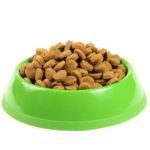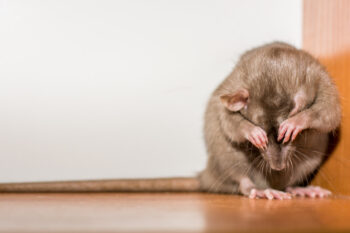
Here are three common questions people ask us about spiders.
How do spiders re-infest an area?Spiders eventually re-infest a treated area. Many young, light-weight spiders travel through the air by a process called “ballooning.” They simply let out one or more silk lines that easily catch even a mild wind or thermal current, and they drift up and away. When they are this small, if they land on a window screen they can crawl right through it.
Larger and heavier spiders (like jumping spiders and tarantulas) can’t balloon even when they are young, but they do crawl around quite a lot looking for prey. Many kinds crawl into the cracks and openings in the exterior of a home, and from there eventually find their way indoors.
Is it good to have spiders around because they prey on other pests?
Spiders eat only a tiny percentage of the insects in and around a building—not enough to control a pest problem. On the contrary, if spiders wiped out all insects around them, they would starve. Spiders are valuable in nature, just not in and around our homes!
Where do those dust-laden cobwebs come from?
Spiders keep their webs clean, so when you see dusty webs, it means the spiders are dead or simply have abandoned that web, and the spider is no longer there to clean off the dust. Some cobwebs also come from young spiders ballooning and spreading, or spiders using a strand of silk as a “dragline”, to let themselves down to a lower point in a room.






